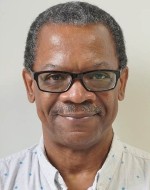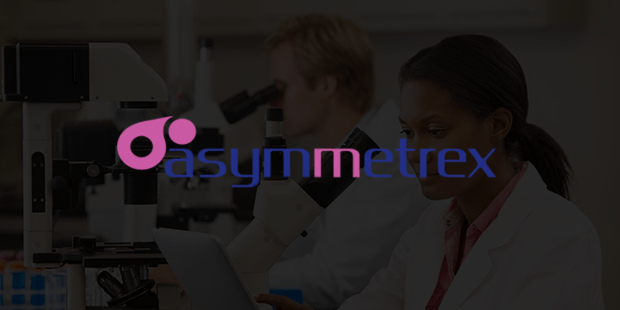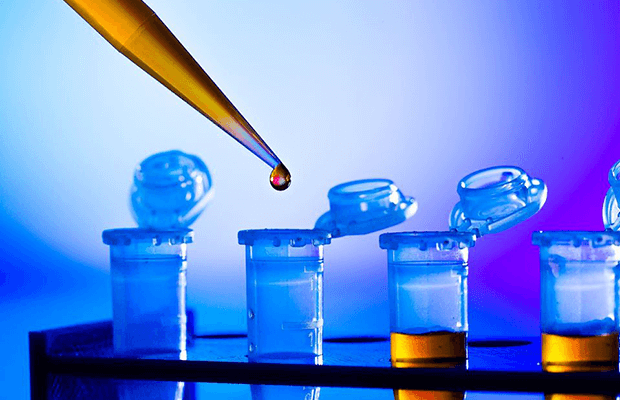Below is our recent interview with James L. Sherley, President and CEO at Asymmetrex:

Q: Great to speak with you again, can you update our readers on Asymmetrex’s new achievements?
A: Nice to talk with you again, too; and I’m delighted to give your readers an update on the most exciting recent development with Asymmetrex’s innovative kinetic stem cell (KSC) counting technology. KSC counting is the first and only technology that provides routine determination of the specific dosage of approved therapeutic tissue stem cells, like hematopoietic (blood) stem cells, and tissue stem cells in clinical trials, like mesenchymal stem cells from fat and umbilical cord tissue.
Asymmetrex’s R&D funding from two important agencies, the National Heart Lung and Blood Institute (NHLBI) and the Advanced Regenerative Manufacturing Institute (ARMI), allowed us to maintain our momentum during the COVID-19 crisis.
The big recent achievement in our KSC counting technology is the validation of the promised rapid-counting RABBIT Count™ algorithms. The first one of several that we will soon report publicly can be used to rapidly determine the dosage of the hematopoietic stem cells in enriched umbilical cord blood samples. In December, we submitted an original research manuscript describing this new algorithm. That manuscript is now working its way through the scientific journal peer-review process.
With this rapid counting algorithm in hand, everyday routine cell count data from enriched umbilical cord blood samples can be used to determine their hematopoietic stem cell-specific dosage. The specific dosage of stem cells in these treatments is the critical quality attribute that determines how effective they will be for treating children with leukemia. In the past, such crucial data has been unavailable. For this one basic reason, I predict that Asymmetrex’s rapid counting algorithms will eventually transform tissue stem cell medicine.
There is not just an algorithm for umbilical cord blood stem cells. There are hundreds of these algorithms just waiting to be derived for different types of therapeutic stem cells (e.g., blood, fat, liver, corneal, dental, skeletal, muscle, etc.) maintained under a variety of commonly used isolation and production conditions. Asymmetrex’s KSC counting technology is the innovation that makes this all possible.
Q: How can stem cell-specific dosing in veterinary medicine promote improved stem cell treatments?
A: Simply stated, by putting stem cell-specific dosing into clinical practice sooner. The strategy of first evaluating new medical technologies in animals in order to smooth technical and regulatory paths to patient trials is well-established. Veterinary stem cell medicine is a very active field of medical R&D. Like stem cell treatments for human patients, veterinarians also currently give ineffective tissue stem cell treatments because they don’t know the specific dosage of stem cells.
The chapter that I co-authored in the new volume, Stem Cells in Veterinary Science, is the latest example of how Asymmetrex is working to better inform the stem cell medicine veterinarian community towards adoption of KSC counting into their medical practice. Knowing the dosage of the stem cells they use to treat pets, sports animals, and farm animals will improve the effectiveness of their clinical research and current treatments. Their achievement of benefits for animals should motivate stem cell physicians to do the same.
 Recommended: English As A Second Language (ESL) School In The Metaverse? Seems possible!
Recommended: English As A Second Language (ESL) School In The Metaverse? Seems possible!
Q: Can you tell us something more about your contribution to chapter 12, in the new book’s section on “Therapeutic Applications”?
A: My co-author, Samuel R. Boutin, DVM, PhD, was the veterinarian expert for our chapter, “Advancing Quantitative Stem Cell Dosing for Veterinary Stem Cell Medicine”. When I was invited to contribute a chapter on new technologies for veterinary stem cell medicine, I asked Sam to join me and provide an in-depth assessment of recent advances and research in veterinary stem cell medicine. He made an outstanding contribution in this respect. I combed through the research that Sam identified with the goal of discerning what animal scientists and veterinarians were doing to quantify the stem cells in their studies and treatments; and to learn if they were concerned about this issue at all. A few were, but most were not; and for the same reason that human stem cell medicine is deficient for stem cell dosage. Previously, no method was sufficiently effective for routine practice. After I discuss the shortcomings of several methods that continue to be inadequate for determining stem cell-specific dosage for animals or people (e.g., colony forming unit assays, flow cytometry, and SCID mice transplantation), I describe KSC counting as the needed solution.
Q: Any highlights on your recent announcement?
A: With publication just at the end of last year, it’s too earlier to tell how well the new book and our chapter will be read and received. However, the publisher’s website (Springer) indicates that interest in the book and our chapter is off to a good start, with already 758 and 35 specific downloads, respectively, to date. We hope this new interest will motivate new partnerships with animal care systems and companies like VetStem to develop rapid KSC counting algorithms for veterinary stem cell medicine.
 Recommended: An Interview With Jack Koziol, CEO And Founder At Infosec
Recommended: An Interview With Jack Koziol, CEO And Founder At Infosec
Q: What are your plans?
A: All of Asymmetrex’s current resources are focused on two main goals for 2022. The first is achieving greater usage of KSC counting by the stem cell science and stem cell medicine communities by increasing awareness of the importance and value of stem cell-specific dosage in their work. The second is accelerating our validation and roll-out of more and more rapid KSC counting algorithms. We are working with commercial contract research organizations, academic core facilities, academic laboratories, GMP stem cell manufacturing facilities, and the ARMI|BiofabUSA cell foundry (Manchester, NH) to develop rapid counting algorithms for use in their research and cell and tissue biomanufacturing development.
Our industry adoption efforts include completing a current American Society for Testing and Materials (ASTM)-approved inter-lab study for KSC counting of oral-derived mesenchymal stem cells. The results of the three-site study will be the basis for an ASTM standards application for KSC counting planned for submission later this year.
Our present efforts to accelerate development of a diverse portfolio of rapid KSC counting algorithms serves Asymmetrex’s longer vision of developing and marketing the first benchtop, automated, electronic tissue stem cell counters. We are actively pursuing partnership with a number of well-known developers of automated electronic cell counters (e.g., Perkin Elmer-Nexcelom, Sartorius, Beckman-Coulter, Thermo Fisher, Denovix, Celllink). Integration of Asymmetrex’s rapid KSC counting algorithms into one of these instruments will create the first benchtop instrument for rapid determination of the dosage of therapeutic tissue stem cells. That instrument is going to make stem cell medicine a whole lot more effective than it is now. I’m looking forward to having an interview with you after we make that announcement!

